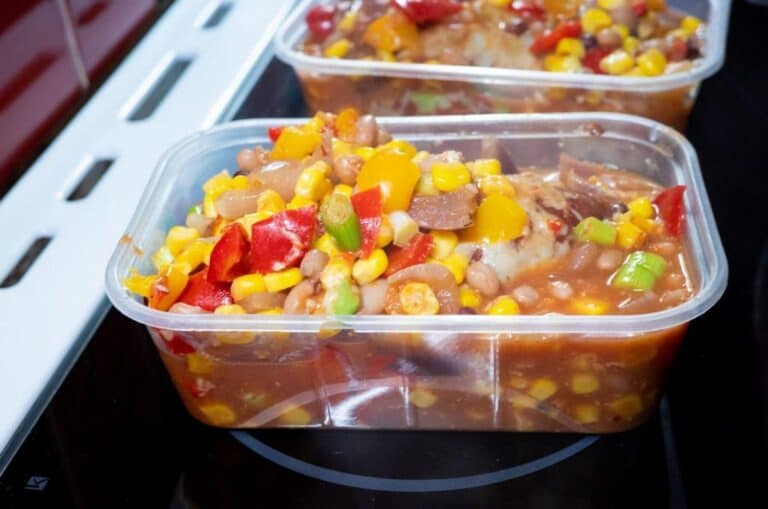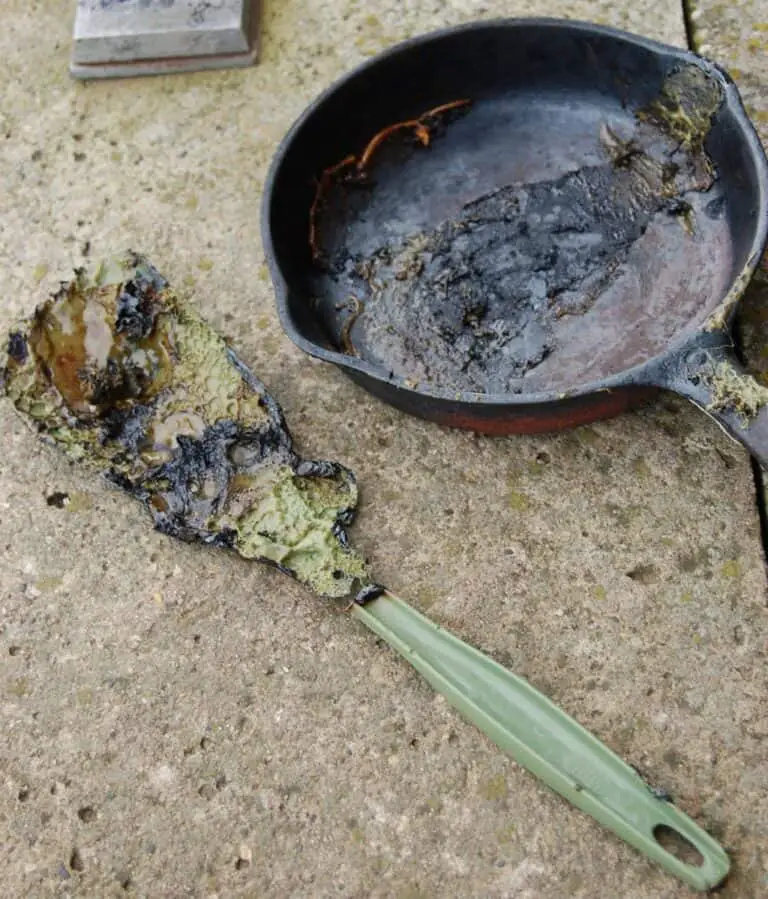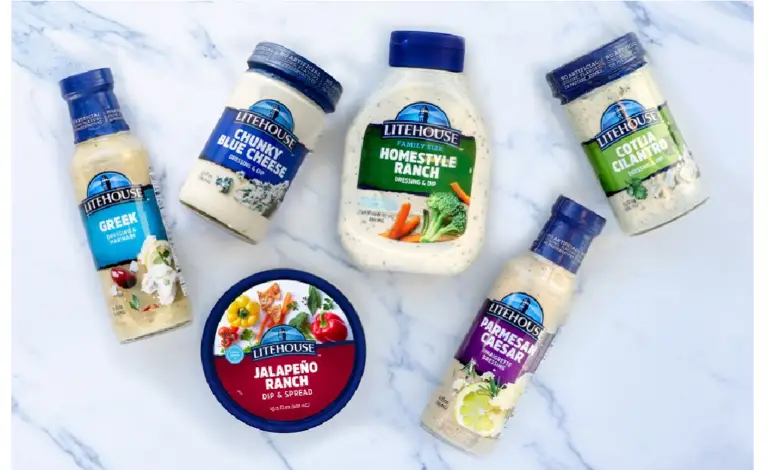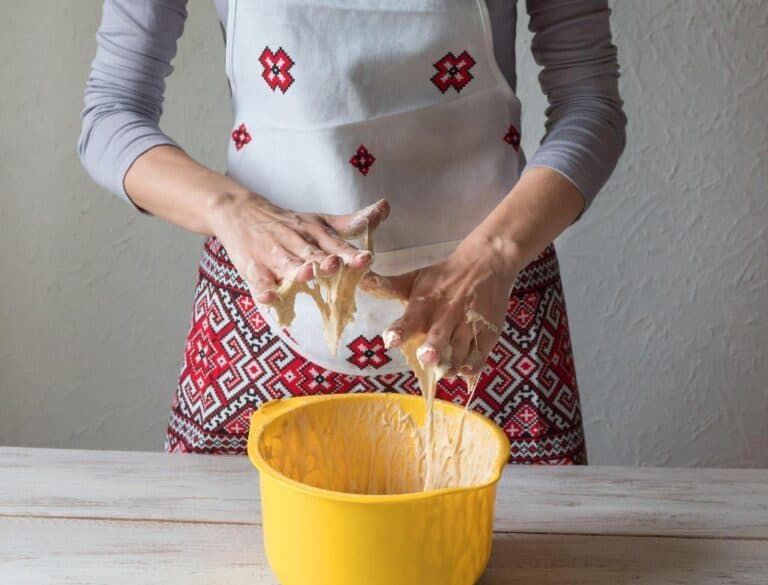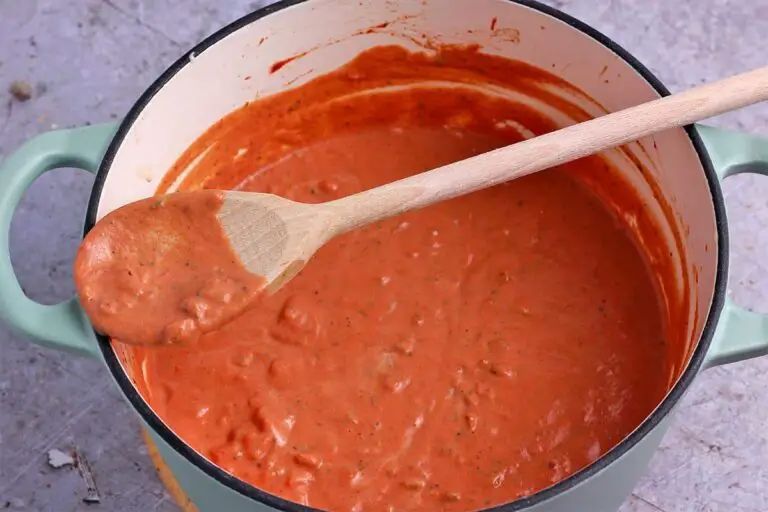Accidentally Cooked Plastic With Your Food — Here’s What Happened
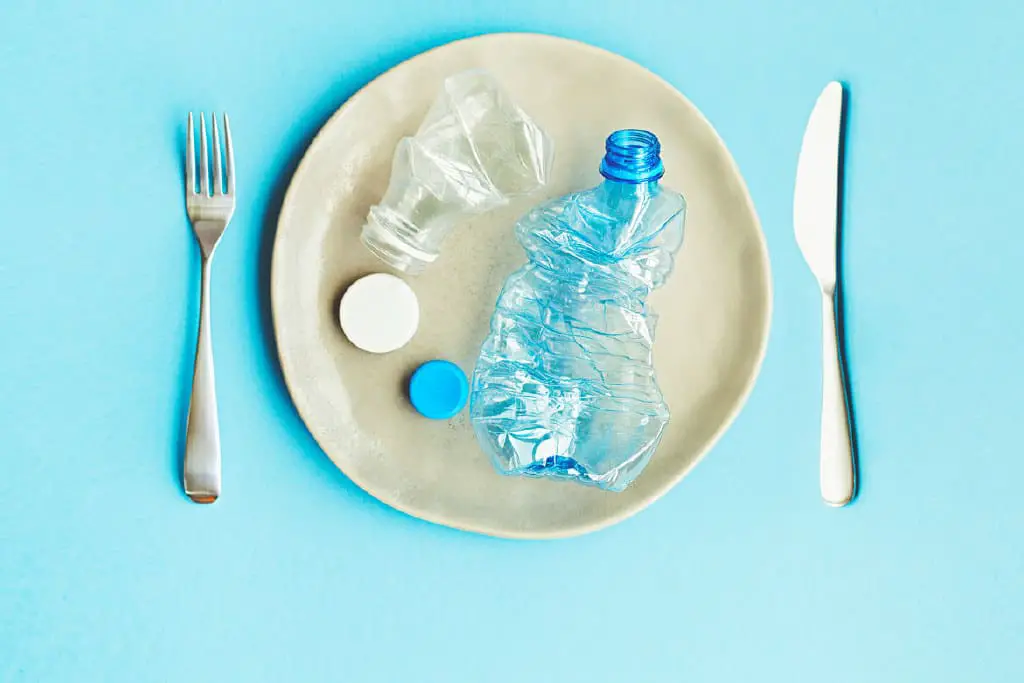
It’s every home cook’s worst nightmare: you’re preparing a delicious meal, only to realize that you’ve accidentally cooked plastic with your food.
Cooking plastic with food is every home cook’s worst experience. Whether it’s a forgotten plastic bag in the oven, plastic wrap, or a container that didn’t quite make it out of the microwave, cooking with plastic can be a dangerous and potentially hazardous mistake.
In this article, we’ll look at what happens if you accidentally cooked plastic with your food and the potential health risks associated with it. We will also tell you how to prevent such accidents in the future. In addition to that, we may look for materials as alternative for plastic cooks and utensils
How You May Accidentally Cooked Plastic With Your Food?
Plastic and food are often cooked together by accident, which can be very bad for your health. There are several reasons why this might happen, and it is important to be aware of them in order to prevent it from occurring.
Plastic Containers or Bags
One of the most common causes of accidentally cooking plastic with food is the use of plastic containers or bags to store or transport food. Plastic food packaging has numerous advantages, including portability and contamination prevention.
On the other hand, these containers can easily get mixed up with cooking utensils or food items, leading to their being placed in the oven or microwave by mistake.
Additionally, plastic wraps or bags can accidentally get left on food items, leading to them being cooked along with the food.
Plastic Utensils and Cooking Tools
Another cause of accidentally cooking plastic with food is the use of plastic utensils or cooking tools. When exposed to high temperatures, these are easy to melt or break down, which can cause small pieces of plastic to get into the food.
Unaware of Disposable Plastic
In some cases, people may also be unaware that certain plastic items are not safe to use in the kitchen. For example, some types of plastic are only meant for short-term use and may break down or release chemicals when exposed to high temperatures.
What Should You Do if You Accidentally Ate Melted Plastic?
Accidentally eating melted plastic can be a scary experience. Many plastics contain chemicals that may not be safe to consume. If you do accidentally eat melted plastic, there are several steps you should take to minimize any potential risk.
- Stay calm. It is understandable to feel anxious or panicked after accidentally eating melted plastic, but it is important to try to remain calm. Panic can make it more difficult to think clearly and make decisions, which is especially important in this situation.
- Seek medical attention. If you are experiencing any symptoms after eating melted plastic, such as abdominal pain, nausea, or vomiting, it is important to seek medical attention as soon as possible. These symptoms can be caused by a variety of factors, including the presence of melted plastic in the digestive system. A healthcare professional will be able to assess your condition and determine the appropriate course of treatment.
- Remove any remaining bits of plastic. If you are able to, try to remove any remaining bits of plastic from your mouth or throat. Be careful not to swallow any additional pieces of plastic.
- Drink plenty of fluids. To help flush any bits of plastic out of your system, it is important to drink plenty of fluids. Water is the best choice, but other clear liquids, such as sports drinks or broth, can also be helpful.
- Monitor your symptoms. After seeking medical attention and taking the above steps, it is important to continue monitoring your symptoms. If you experience any worsening of symptoms or the development of new symptoms, it is important to seek medical attention again.
The Dangers of Cooking With Plastic
Cooking with plastic can pose serious health risks. When plastic is heated, it can release chemicals into the food that it is being used to prepare or store.
These chemicals can have harmful effects on the body, and have been linked to a variety of health problems, including cancer, fertility issues, and immune system problems.
One of the main dangers of cooking with plastic is the potential for the plastic to leach harmful chemicals into the food. Many types of plastic contain chemicals such as BPA, which has been linked to a variety of health problems. When plastic is heated, these chemicals can more easily leach into the food, increasing the risk of exposure.
| Another danger of cooking with plastic is the risk of the plastic melting or degrading. If plastic gets too hot, it can melt and change shape, which could leave small pieces of plastic in the food. Even if the plastic does not melt, it can still become brittle and break, potentially contaminating the food. |
How To Prevent Accidentally Cooked Plastic With Food
There are a few things people can do to keep from cooking plastic with food by accident:
- Use caution when handling and preparing food. When handling and preparing food, it is important to be careful to avoid contaminating it with plastic. This includes properly storing and disposing of plastic items, and being mindful of any plastic utensils or containers that are being used in the kitchen.
- Use plastic products that are specifically designed for use in the kitchen. Some types of plastic are more prone to melting or degrading when exposed to heat. To minimize the risk of accidentally cooking plastic with food, it is best to use plastic products that are specifically designed for use in the kitchen.
- Avoid heating plastic in the microwave. Heating plastic in the microwave can increase the risk of the melted plastic plastic in microwave or degrading, potentially contaminating the food with small pieces of plastic.
- Follow proper safety guidelines when cooking with plastic. When cooking with plastic, it is important to follow proper safety guidelines, such as avoiding placing plastic items too close to heating elements or open flames, and being careful to keep the kitchen well-ventilated.
- Regularly inspect and replace worn or damaged plastic kitchen items. Over time, plastic kitchen items can become worn or damaged, increasing the risk of them melting or degrading when exposed to heat.
- It is important to be aware of these potential causes and take steps to prevent them. This could mean labeling and storing plastic containers correctly.
- Checking food for plastic wrap before cooking
- Using utensils and cooking tools that aren’t made of plastic when possible.
- If you use plastic products that are made for use in the kitchen. These products are typically made from materials that are less prone to leaching chemicals or melting when exposed to heat.
Plastic Alternatives as Material for Cooking Tools and Utensils
As more and more people learn about how plastic pollution hurts the environment, many homes are switching to cooking tools and utensils made of materials that are better for the environment.
Some of the most popular options include:
- Stainless steel. Stainless steel is a popular choice for cooking tools and utensils because it is durable, easy to clean, and resistant to stains and odors. It is also a good conductor of heat, making it suitable for use with high heat cooking methods.
- Silicone. Silicone is another popular choice for cooking tools and utensils. It is heat-resistant, flexible, and non-stick, making it suitable for use with a variety of cooking methods. Silicone is also easy to clean and does not retain odors or flavors.
- Wood. Wood is a natural and renewable material that is commonly used for cooking tools and utensils. It is resistant to heat and is generally safe for use with food, although it is important to maintain good hygiene to prevent the growth of bacteria. Wood cooking tools and utensils should be washed with hot, soapy water and dried thoroughly after use to prevent the growth of bacteria.
- Bamboo. Bamboo is another natural and renewable material that is often used to make cooking tools and utensils. It is strong, durable, and resistant to moisture, making it suitable for use in the kitchen. Bamboo is also a good alternative to wood, as it is less likely to splinter and is easier to clean.
- Ceramics. Ceramic pots and pans offer a sustainable alternative to plastic cookware. Not only are ceramic tools easy to maintain and use, but they also provide benefits that extend beyond the kitchen. Ceramic cookware is known for its durability and strength – it’s able to withstand high temperatures with ease. This makes it ideal for stovetop cooking as well as baking in the oven; plus, it doesn’t easily warp or bend like plastic does when exposed to heat.

